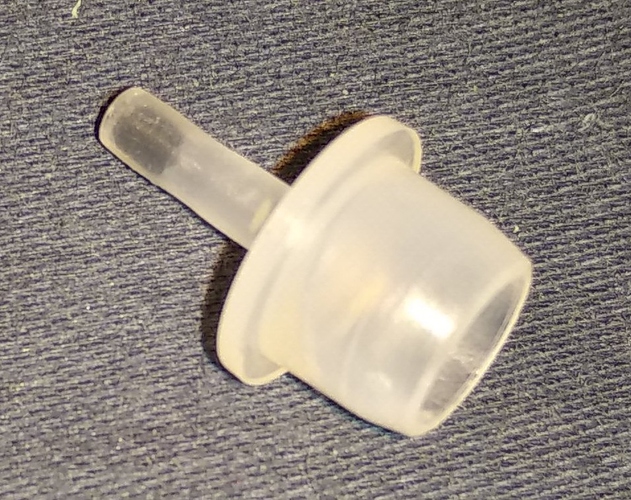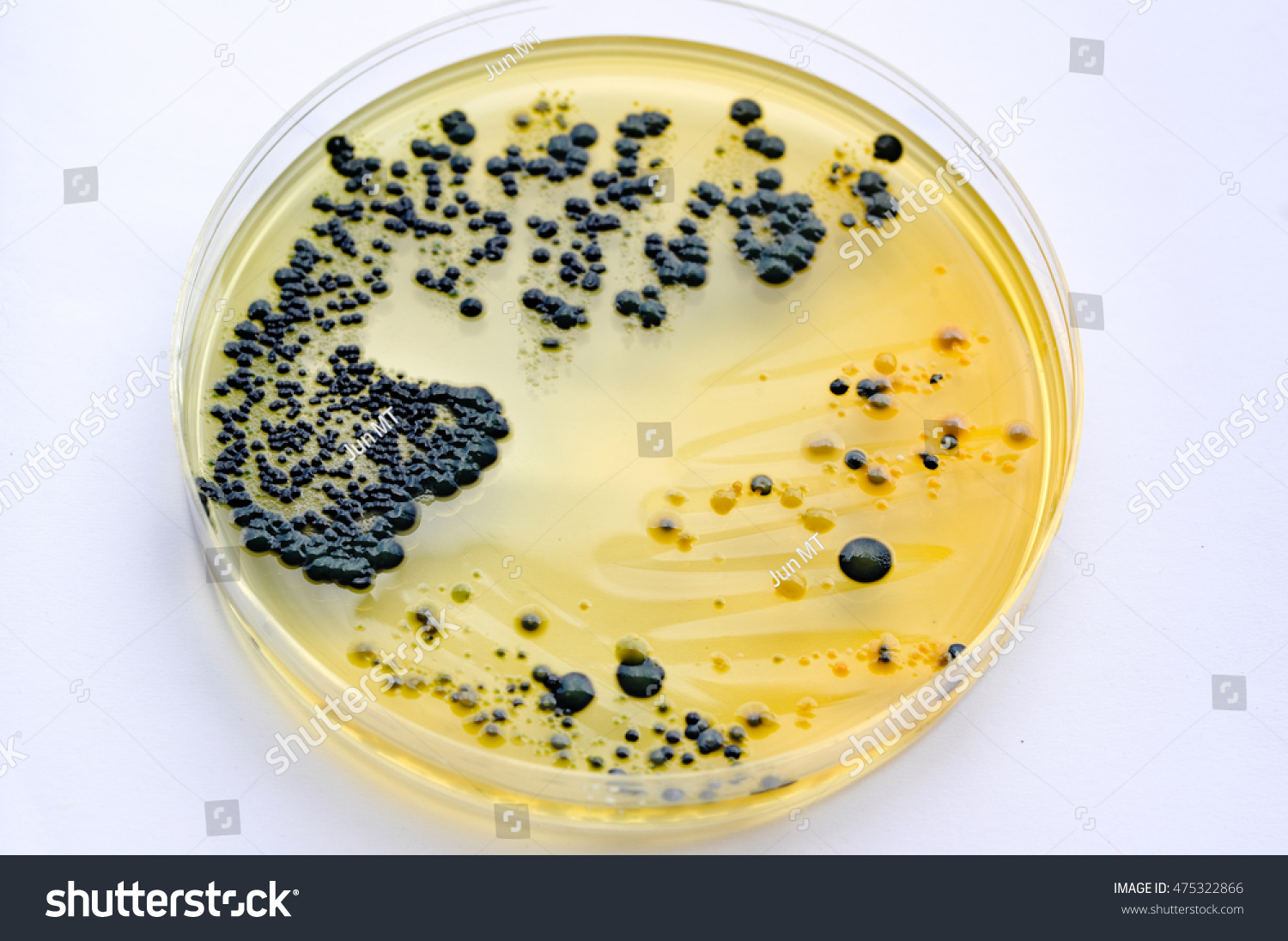From poking around a bit (not a comprehensive study), it may be that (among types of molds that appear black-colored, at least on their outside surfaces when inspected), certain strains of Apsergillus (of which there are many) might possibly be the more likely kinds of molds to form in such an environment described:
Aspergillus niger is a fungus and one of the most common species of the genus Aspergillus.
It causes a disease called “black mold” on certain fruits and vegetables such as grapes, apricots, onions, and peanuts, and is a common contaminant of food. It is ubiquitous in soil and is commonly reported from indoor environments, where its black colonies can be confused with those of Stachybotrys (species of which have also been called “black mold”) …
… Aspergillus niger is included in Aspergillus subgenus Circumdati , section Nigri . The section Nigri includes 15 related black-spored species that may be confused with A. niger, including A. tubingensis, A. foetidus, A. carbonarius, and A. awamori.
Source: https://en.wikipedia.org/wiki/Aspergillus_niger
.
Aspergillus niger is incredibly prolific thanks to the fact that it can grow on a large variety of substances; indeed, most experts believe that Aspergillus niger is the most common form of Aspergillus in the world. Aspergillus niger has even been found in environments where there are few nutrients present. It is one of the most frequently-identified sources of “black mold”. Aspergillus niger is black in color, with a white or yellow layer beneath its surface, in indoor environments owing to its ability to flourish on damp walls and other surfaces. (It is not, however, the most dangerous of the infamous toxic black molds; that title belongs to the even more poisonous Stachybotrys chartarum).
Though it is the most common household mold of concern, it is only the third most likely out of all types of Aspergillus to infect humans. However, that said, Aspergillus niger still leads to a significant number of serious infections each year. It is capable of forming fungal ball in the lungs of humans (like a handful of other varieties of Aspergillus) which continues to grow over time, causing a range of uncomfortable and dangerous symptoms.
Source: https://www.indoordoctor.com/aspergillus-molds-need-know/
.
Hard to tell, but it looks like (perhaps) gunk has formed on one inner side of the spout only ? Or all around ?




